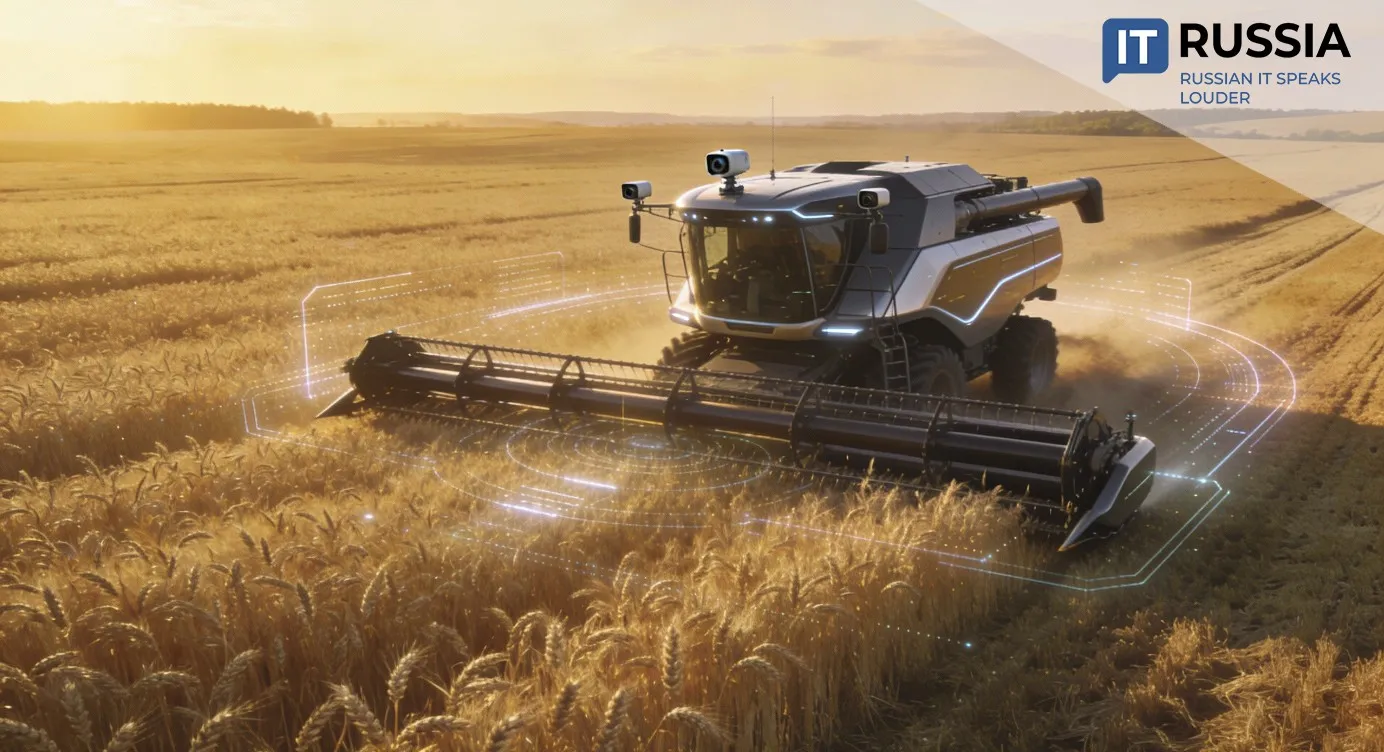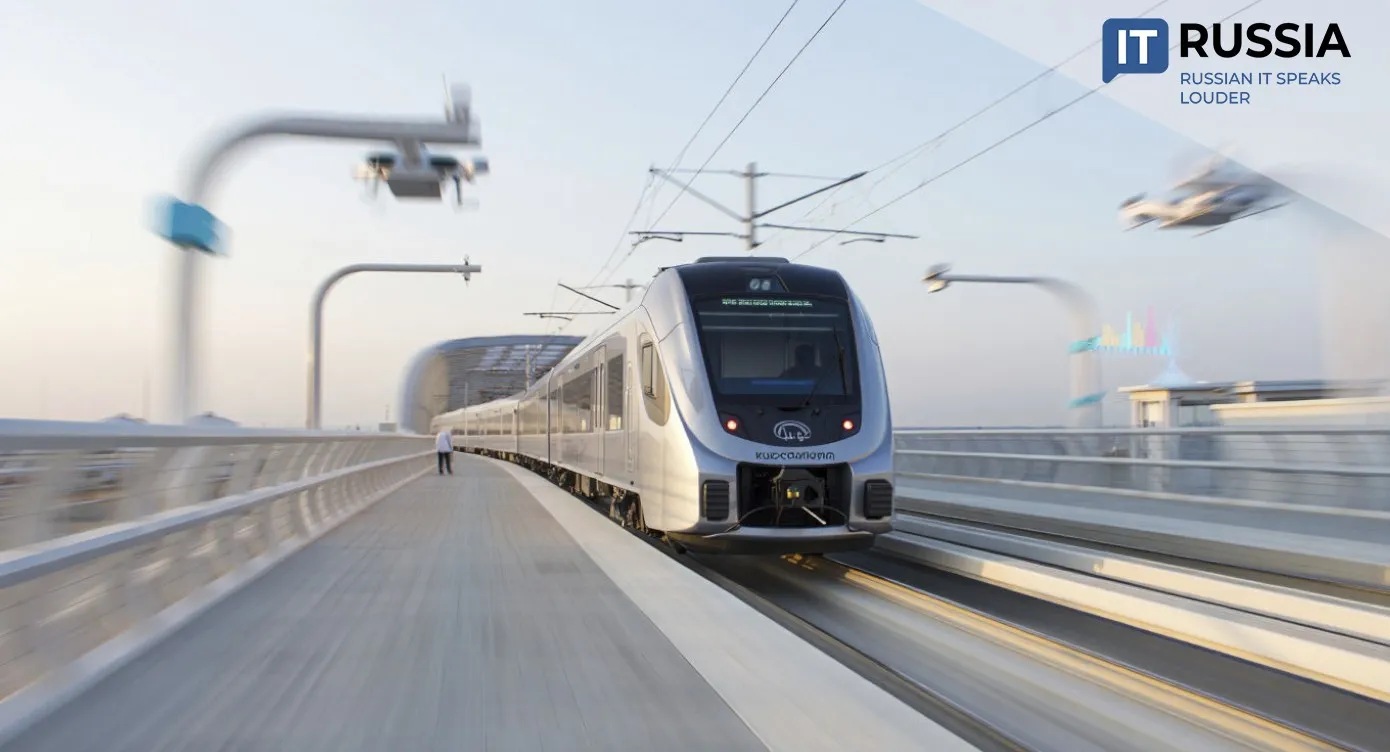Drone Delivery: Russia Builds a New Logistics Industry
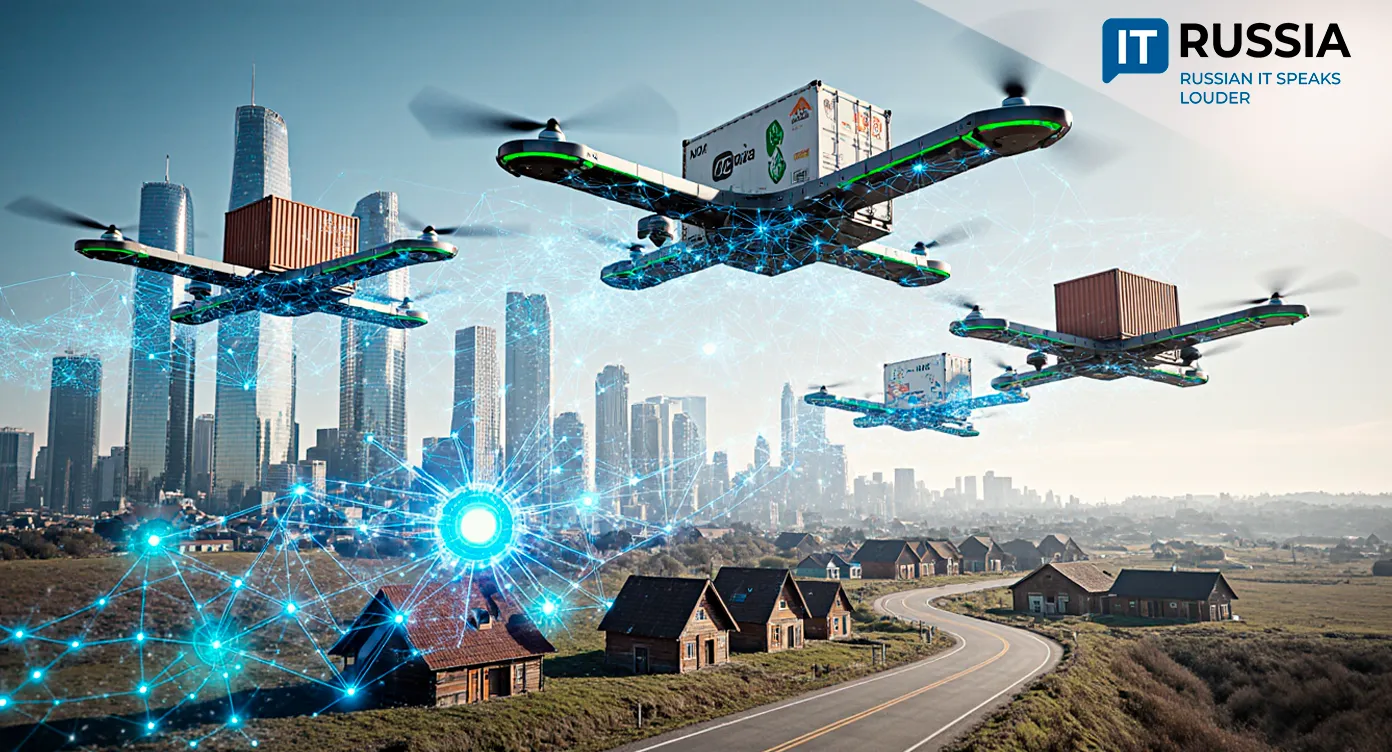
Unmanned aerial delivery is moving from pilot projects to an emerging sector in Russia, with state funding, private investment, and new technologies pushing the industry toward large-scale logistics integration.
Market landscape and key players
News of drone tests capable of carrying cargo—small and large, over long distances—appear regularly in Russia. At the forum “Unmanned Systems: Technologies of the Future” held in Skolkovo, experts projected that by 2030, the domestic drone delivery market could reach 25 billion rubles (about $310M) annually.
For now, drone delivery remains a niche, but its rapid technological development suggests a strong potential to reshape logistics. Today it is used mainly for urgent delivery of medical supplies, logistics in remote regions, and express shipping in congested urban areas.
Key adopters include Russian Post, Ozon, CDEK, and the Samokat service, all of which are piloting projects in various regions of the country.
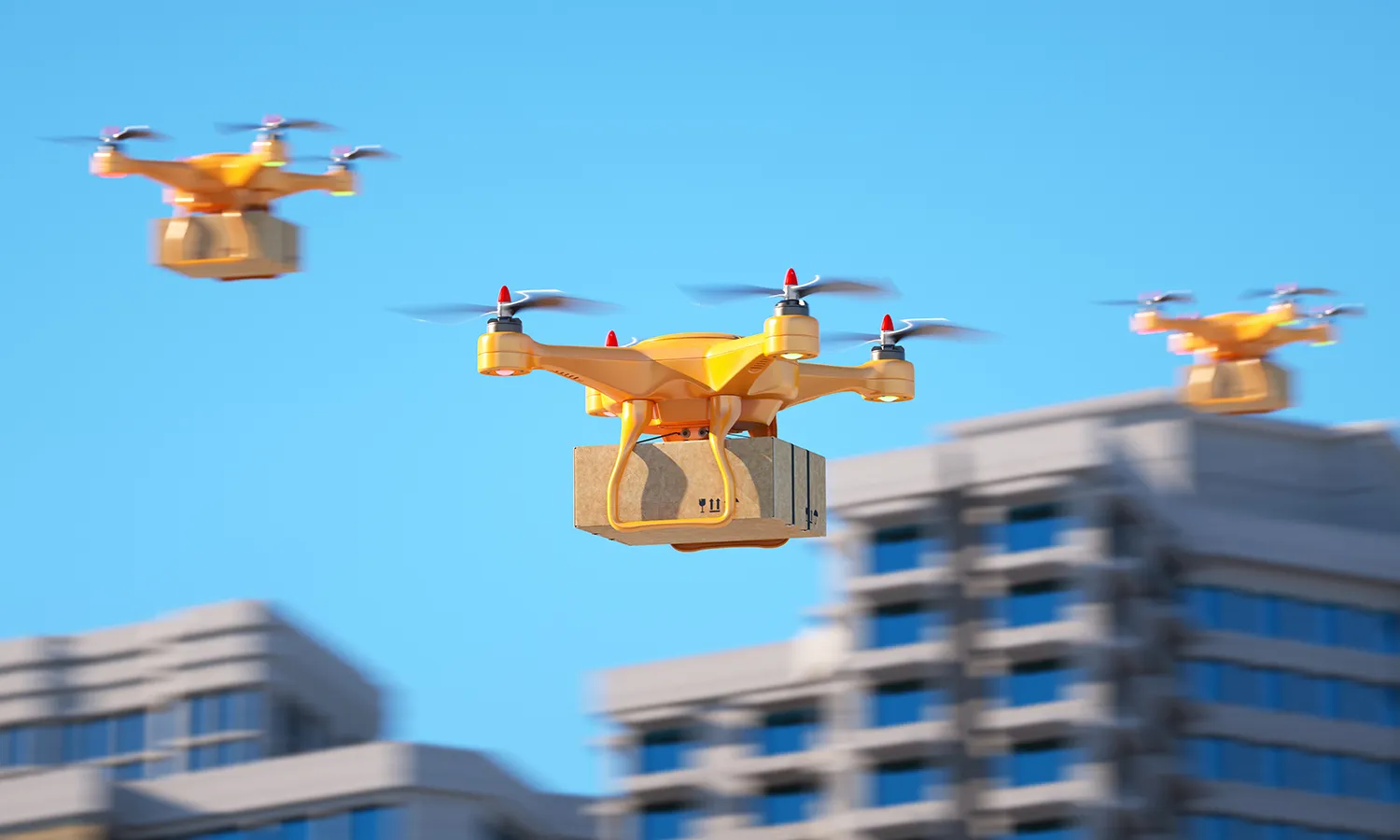
Economic potential
Drone-based delivery represents not just a supply chain transformation but the creation of a new high-automation industry directly contributing to GDP. Government programs have earmarked more than 713 billion rubles (approximately $8.85B) from 2025 to 2030, highlighting the strategic importance of unmanned aerial systems (UAS) to the national economy.
Domestic projects illustrate the momentum. In 2024, the Chaplygin Siberian Research Institute of Aviation tested the “Partizan,” a short take-off and landing UAV capable of carrying up to 1,000 kg of cargo over distances up to 1,000 km. The company “Sovelmash” unveiled the “Motylek” heavy-lift UAV, unique on the global market. Meanwhile, the Kalashnikov Group’s “Quiet Wings” unit began serial production of the “Legionnaire” fixed-wing cargo drone.
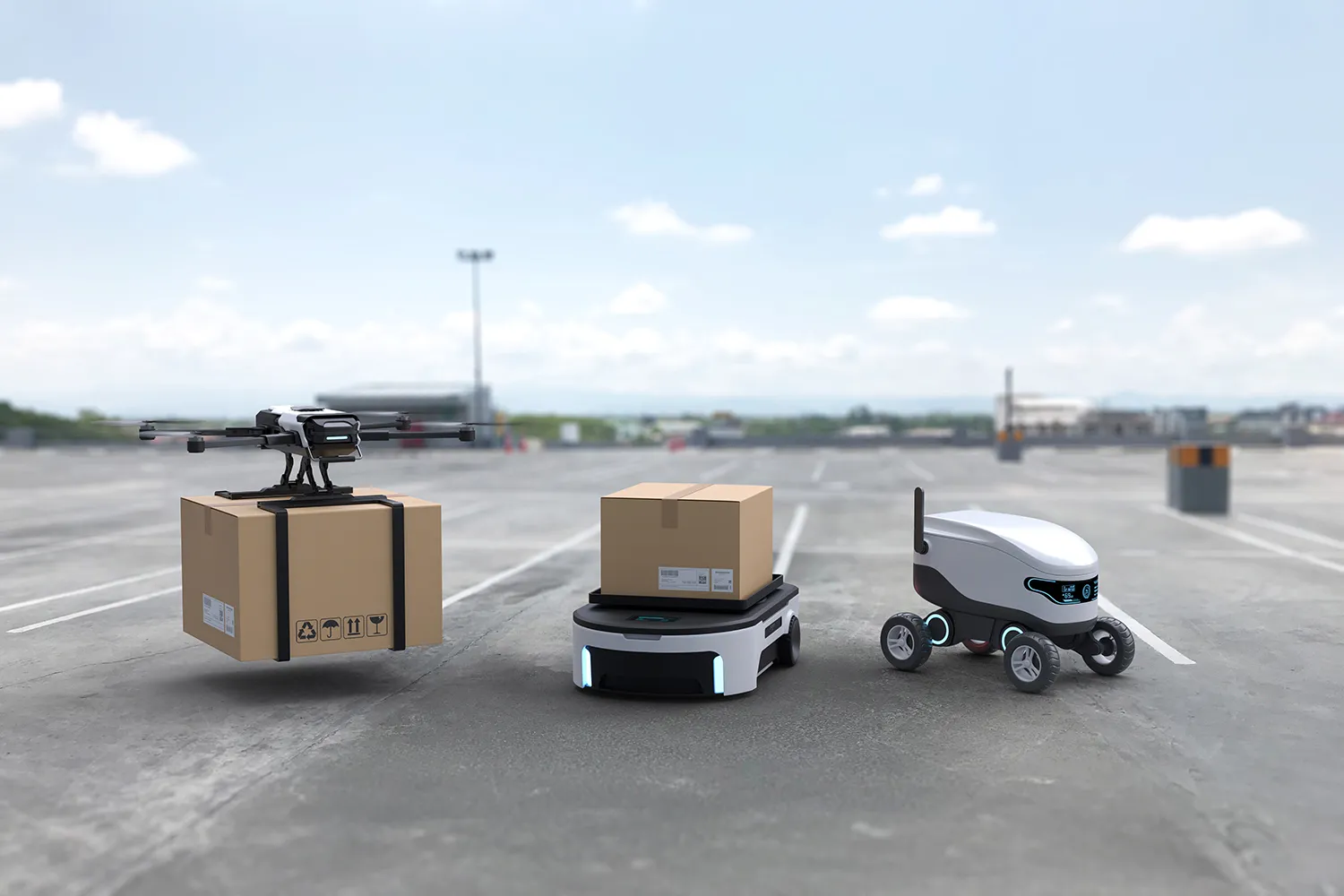
Jobs and workforce development
The transport and storage sector generates 25–30 jobs per 1 billion rubles of added value. At a projected market size of 25 billion rubles ($310M), drone delivery could create 6,200–7,500 new jobs. These would include drone manufacturing, maintenance, dispatching centers, and supporting IT services.
The emerging sector also demands new skill sets. According to the Ministry of Industry and Trade, under the national “Unmanned Aerial Systems” project, more than 10,000 professionals had been trained by 2025, including UAV pilots, maintenance engineers, data analysts, software developers, and other specialists.
Multiplier effect
Research by RANEPA and the Institute for Economic Forecasting of the Russian Academy of Sciences indicates that every ruble invested in UAS generates 1.5–1.7 rubles of additional GDP in related sectors. Thus, at 25 billion rubles ($310M), the multiplier effect could exceed 40 billion rubles ($495M).
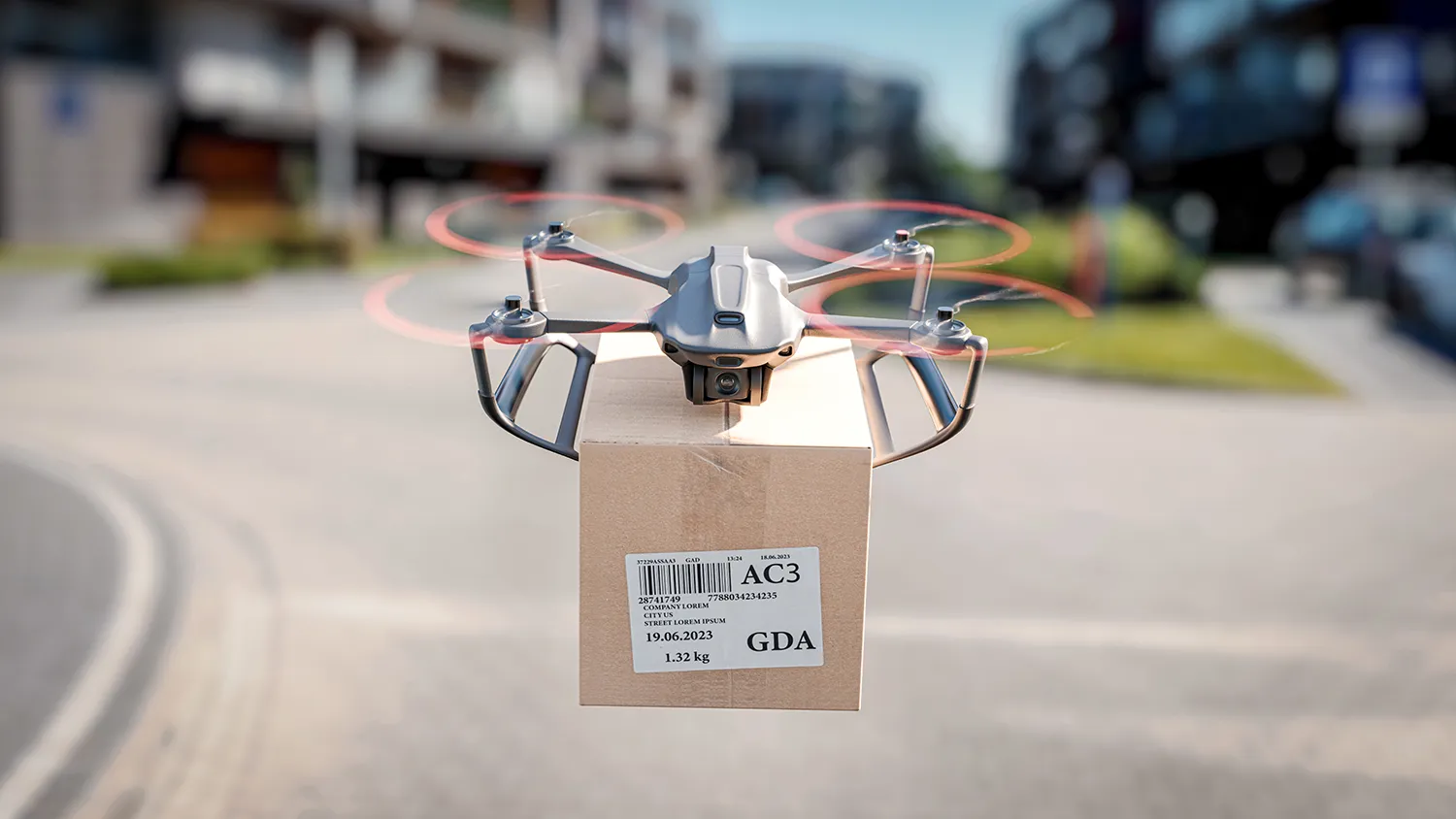
Rising demand for domestic drones stimulates the development of microelectronics, navigation systems, and batteries, driving investment into these sectors. Improved delivery availability benefits small businesses, boosts consumption, and reduces reliance on centralized supply chains. Faster delivery of medicine, food, and essential goods enhances quality of life and reduces social inequality.
Import substitution is another important factor. State initiatives encourage domestic developers, from Skolkovo startups to major industrial groups. While solutions are primarily designed for Russia’s internal challenges, they could eventually find demand in countries with similar conditions, such as Canada, India, and Brazil.
By 2030, the drone delivery market could become a key driver of Russia’s digital economy.
















